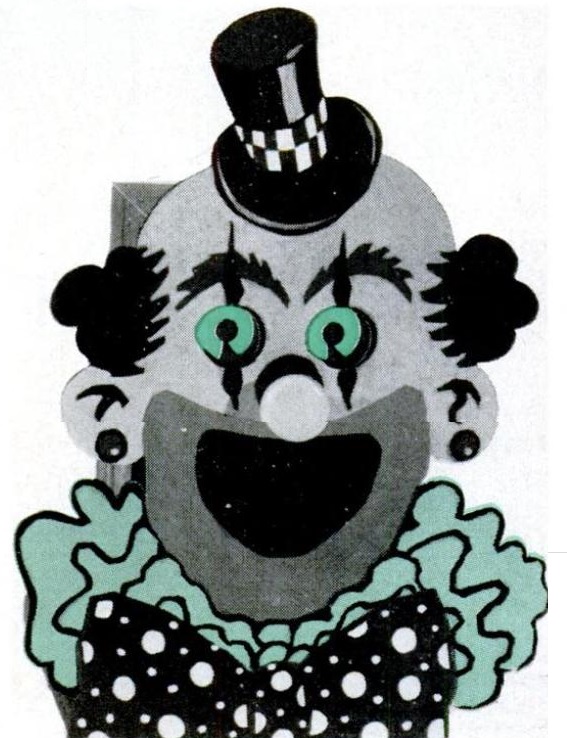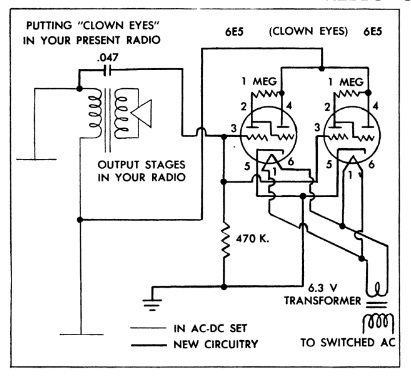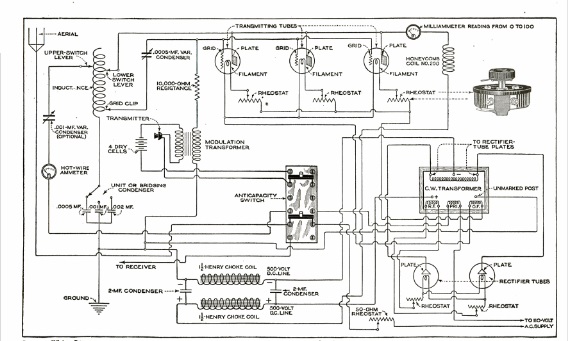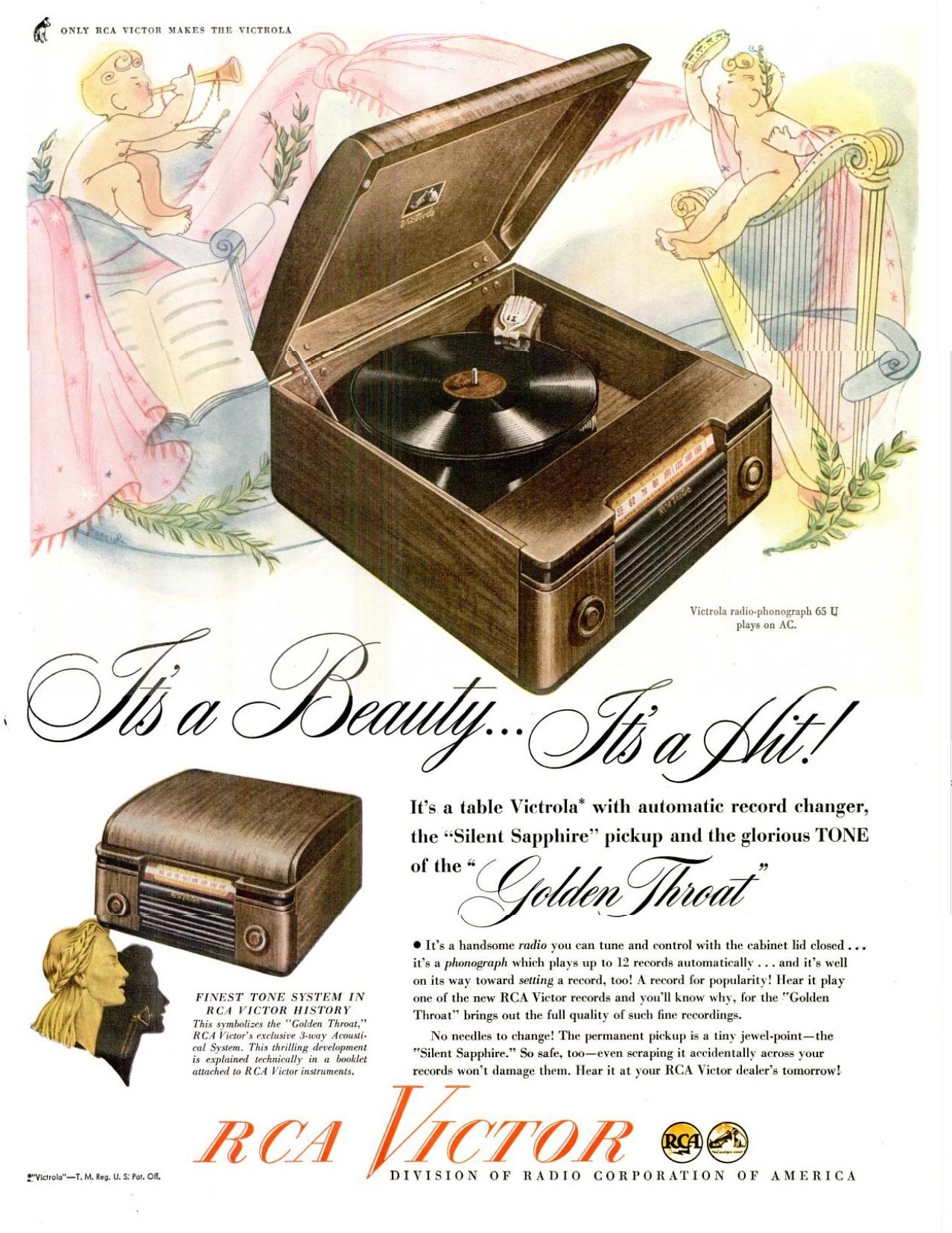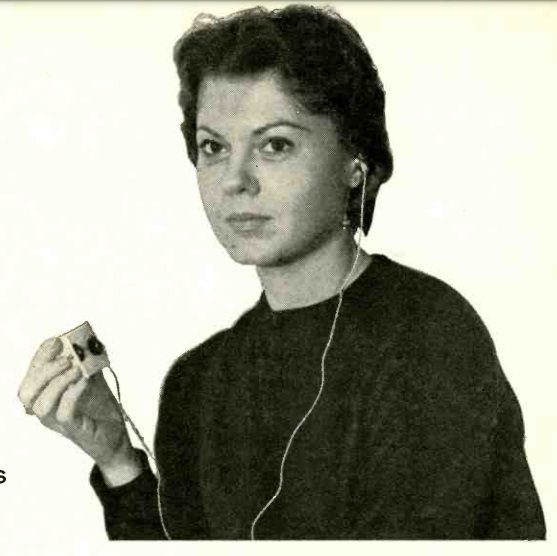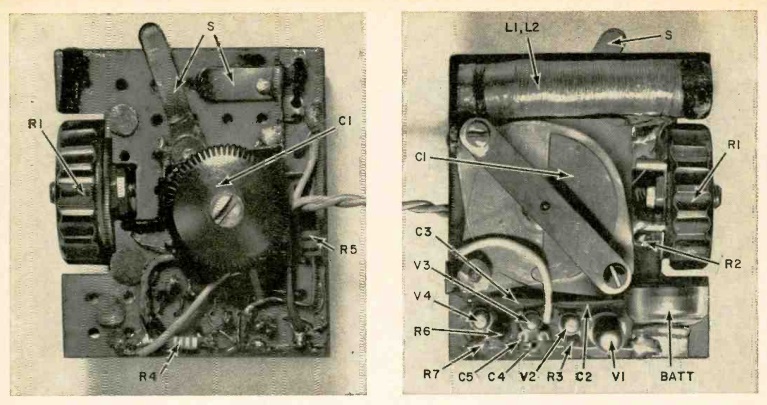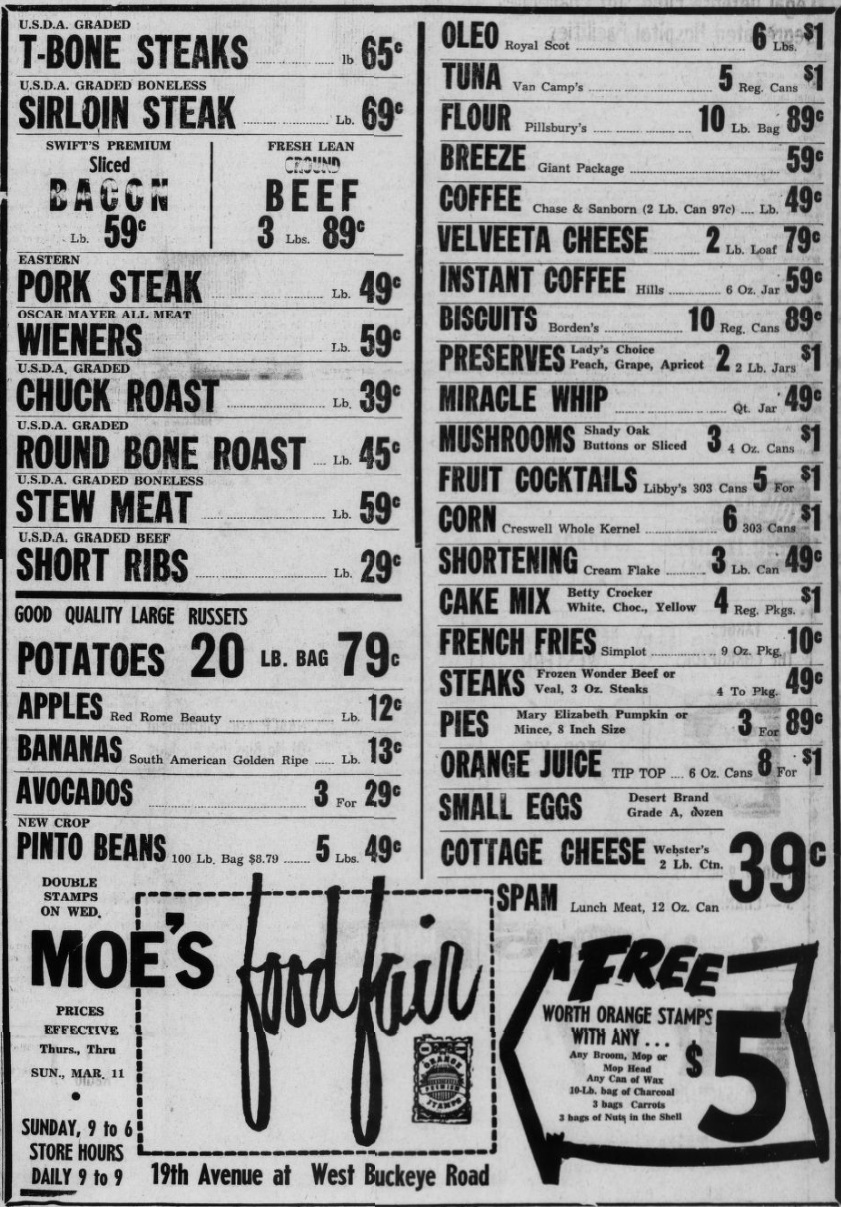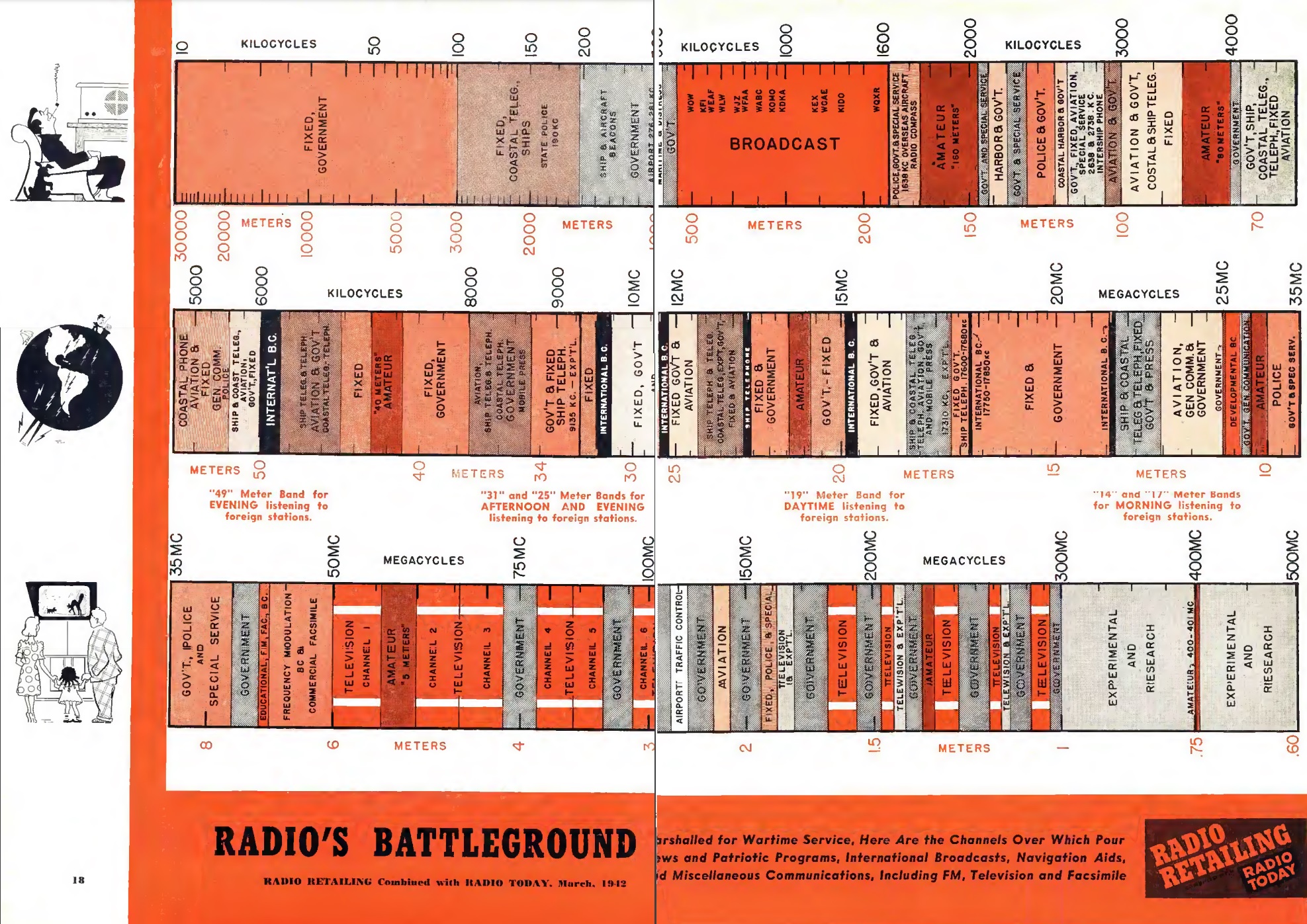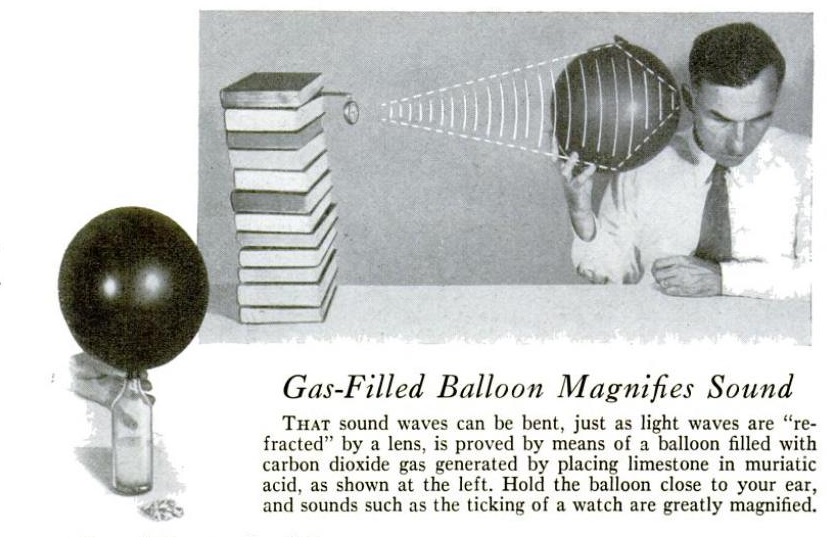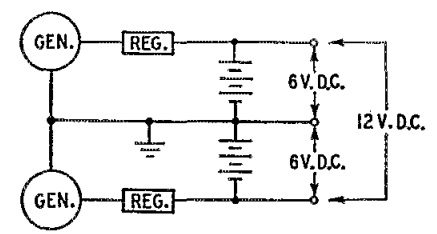 Finding the right power supply for a particular piece of equipment has always been an issue, as shown by this Hints and Kinks item from the March 1952 issue of QST. There was a lot of surplus gear on the market, much of which ran on 12 volts. Most vehicles, on the other hand, had 6 volt systems. Kermit Karns, W0MYH, of Kansas City, had a 1948 Chevrolet with a 6 volt power system and submitted his solution for running 12 volt equipment in his car.
Finding the right power supply for a particular piece of equipment has always been an issue, as shown by this Hints and Kinks item from the March 1952 issue of QST. There was a lot of surplus gear on the market, much of which ran on 12 volts. Most vehicles, on the other hand, had 6 volt systems. Kermit Karns, W0MYH, of Kansas City, had a 1948 Chevrolet with a 6 volt power system and submitted his solution for running 12 volt equipment in his car.
He simply added another generator and another battery to the car, essentially giving him two independent 6 volt systems, and one 12 Volt system for his radio gear. An additional 6 volt generator, identical to the one that came with the car, was mounted under the hood, and the second battery was stowed away under the driver’s seat. One of the two regulators in the diagram was for a positive ground vehicle, and the other was for a negative ground system.
In addition to being able to run his radio equipment in the vehicle, the added advantage was that the car now had two electrical systems. Karns noted that one was used primarily for the starter with the other loads attached to the second system.

